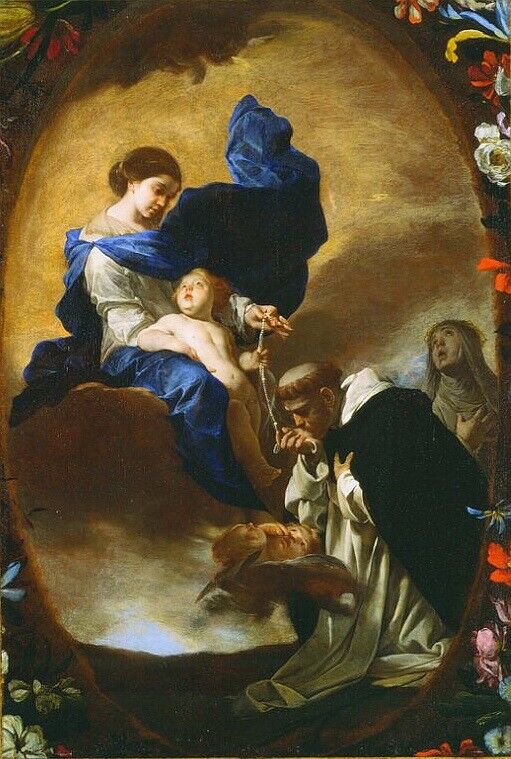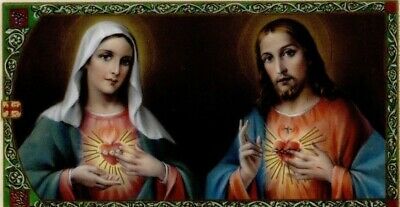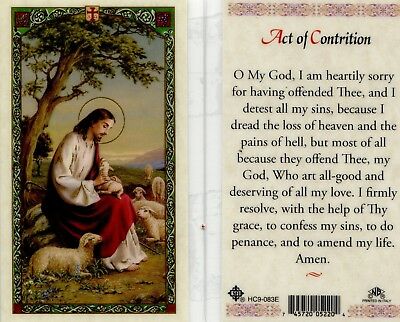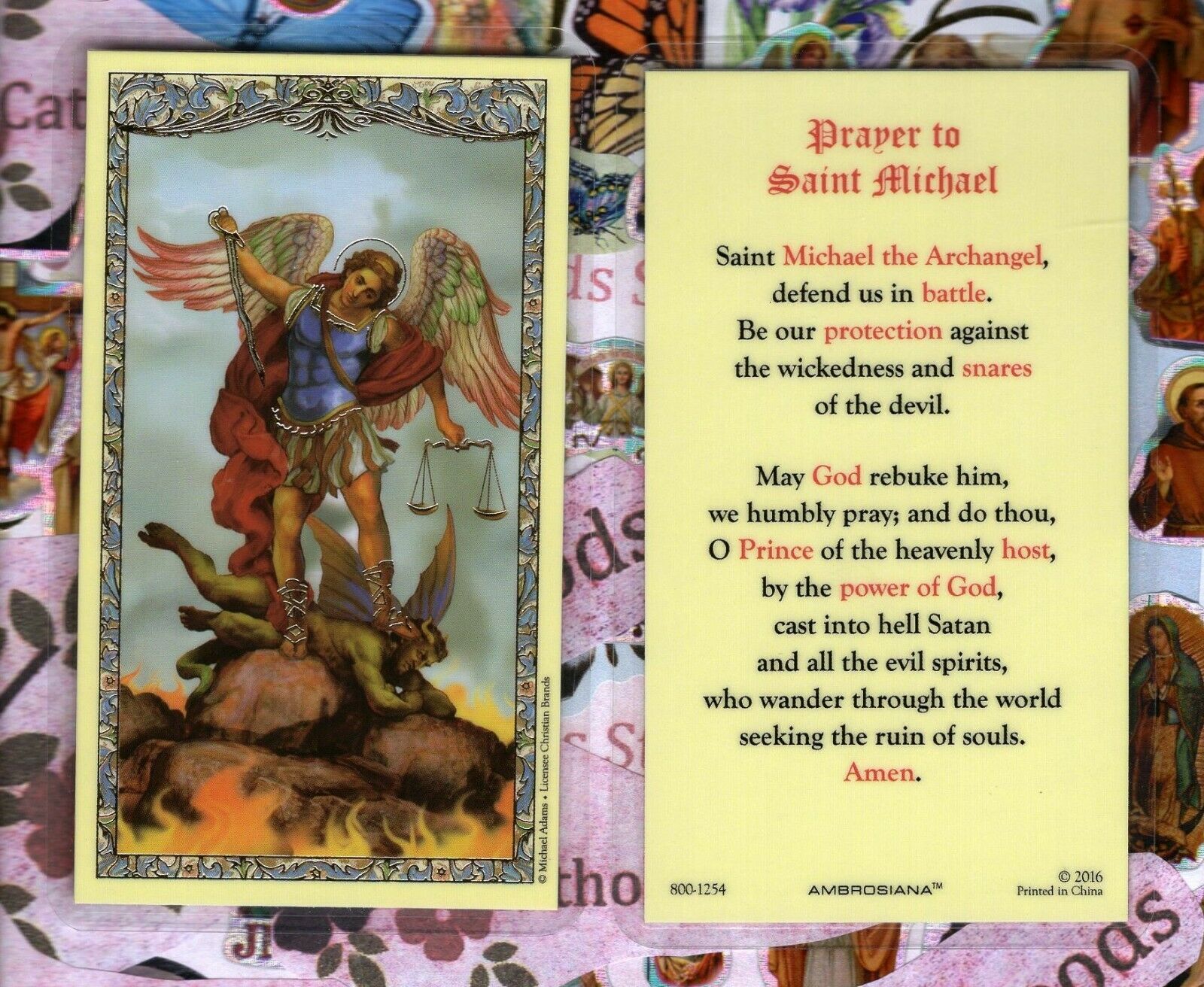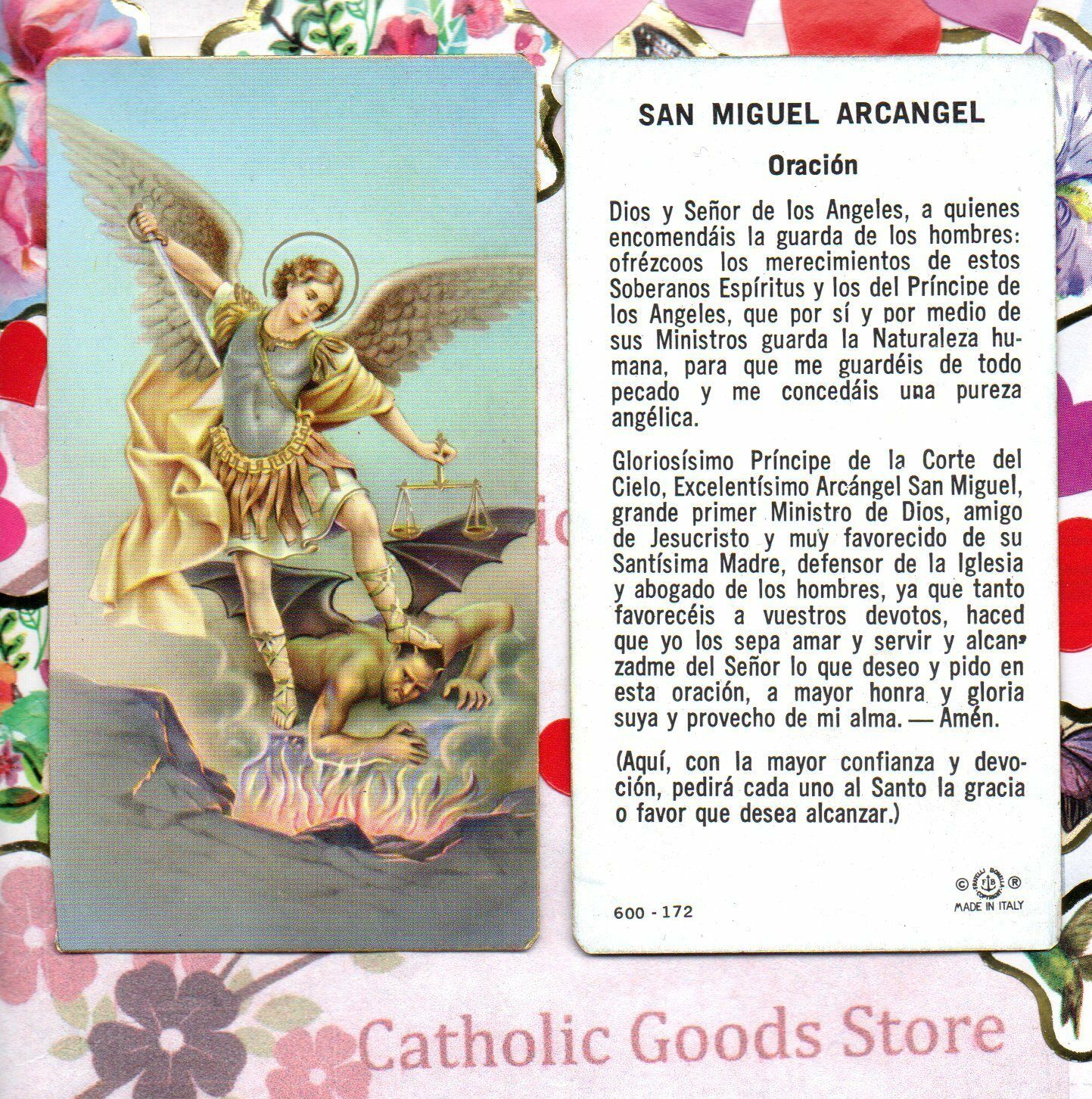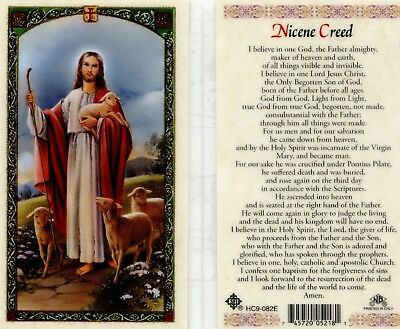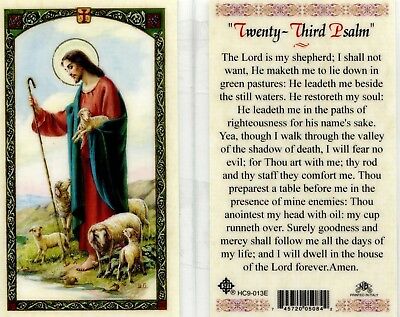-40%
Holy Card of Saint Dominic Plus a Medal of Our Lady of the Rosary
$ 2.5
- Description
- Size Guide
Description
Laminated Holy Card of Saint Dominic Plus a Medal of Our Lady of the RosaryPlastic, durable corded rosary with rope cord construction and plastic beads. Glow in the dark. Imported from Italy.
This exceptionally detailed die-cast medal, with Our Lady Queen of the Rosary on the front and Pray for Us on the back, is made in the region of Italy that produces the finest quality medals in the world. The silver oxidized finish is has been perfected for hundreds of years by the local Italian craftsmen, and remains unmatched in quality, beauty, and longevity throughout the world -a genuine silver plating with a 3-dimensional depth, and long-lasting brilliance. Measures approximately 1 inch in height - attached jump ring is included. The rosary was originally given to St. Dominic by Our Lady in the year 1214. The feast of Our Lady, Queen of the Rosary is celebrated on October 7 during the month of the rosary. On this date in 1570, the Christians celebrated a victory over the Turks in the battle of Lepanto. The victory is accredited to the recitation of the rosary. Over the centuries, Popes have greatly encouraged devotion and daily recitation of the rosary to bring many blessings to the Church and to those who say the prayers.
Saint Dominic, also known as Dominic of Osma and Dominic of Caleruega, often called Dominic de Guzmán and Domingo Félix de Guzmán, was a Castilian priest and founder of the Dominican Order. Dominic is the patron saint of astronomers. According to Guiraud, Dominic abstained from meat, "observed stated fasts and periods of silence", "selected the worst accommodations and the meanest clothes", and "never allowed himself the luxury of a bed". "When travelling, he beguiled the journey with spiritual instruction and prayers". Guiraud also states that Dominic frequently traveled barefoot and that "rain and other discomforts elicited from his lips nothing but praises to God".
Dominic was born in Caleruega, halfway between Osma and Aranda de Duero in Old Castile, Spain. He was named after Saint Dominic of Silos. The Benedictine abbey of Santo Domingo de Silos lies a few miles north of Caleruega.
In 1215, Dominic established himself, with six followers, in a house given by Peter Seila, a rich resident of Toulouse. Dominic saw the need for a new type of organization to address the spiritual needs of the growing cities of the era, one that would combine dedication and systematic education, with more organizational flexibility than either monastic orders or the secular clergy. He subjected himself and his companions to the monastic rules of prayer and penance; and meanwhile Bishop Foulques gave them written authority to preach throughout the territory of Toulouse.
Also in 1215, the year of the Fourth Lateran Council, Dominic and Foulques went to Rome to secure the approval of the Pope, Innocent III. Dominic returned to Rome a year later, and was finally granted written authority in December 1216 and January 1217 by the new pope, Honorius III for an order to be named "The Order of Preachers".
In the winter of 1216–1217, at the house of Ugolino de' Conti, Dominic first met William of Montferrat, who joined Dominic as a friar in the Order of Preachers and remained a close friend.
Dominic died at the age of fifty-one, according to Guiraud "exhausted with the austerities and labours of his career". He had reached the convent of St Nicholas at Bologna, Italy, "weary and sick with a fever". Guiraud states that Dominic "made the monks lay him on some sacking stretched upon the ground" and that "the brief time that remained to him was spent in exhorting his followers to have charity, to guard their humility, and to make their treasure out of poverty". He died at noon on 6 August 1221. His body was moved to a simple sarcophagus in 1233. Under the authority of Pope Gregory IX, Dominic was canonized in 1234. In 1267 Dominic's remains were moved to the shrine, made by Nicola Pisano and his workshop.
The spread of the Rosary, a Marian devotion, is attributed to the preaching of Dominic. The Rosary has for centuries been at the heart of the Dominican Order. Pope Pius XI stated, "The Rosary of Mary is the principle and foundation on which the very Order of Saint Dominic rests for making perfect the life of its members and obtaining the salvation of others." For centuries, Dominicans have been instrumental in spreading the Rosary and emphasizing the Catholic belief in the power of the Rosary.
The feast of Saint Dominic is celebrated with great pomp and devotion in Malta, in the old city of Birgu and the capital city Valletta. The Dominican order has very strong links with Malta and Pope Pius V, a Dominican friar himself, aided the Knights of St. John to build the city of Valletta.
